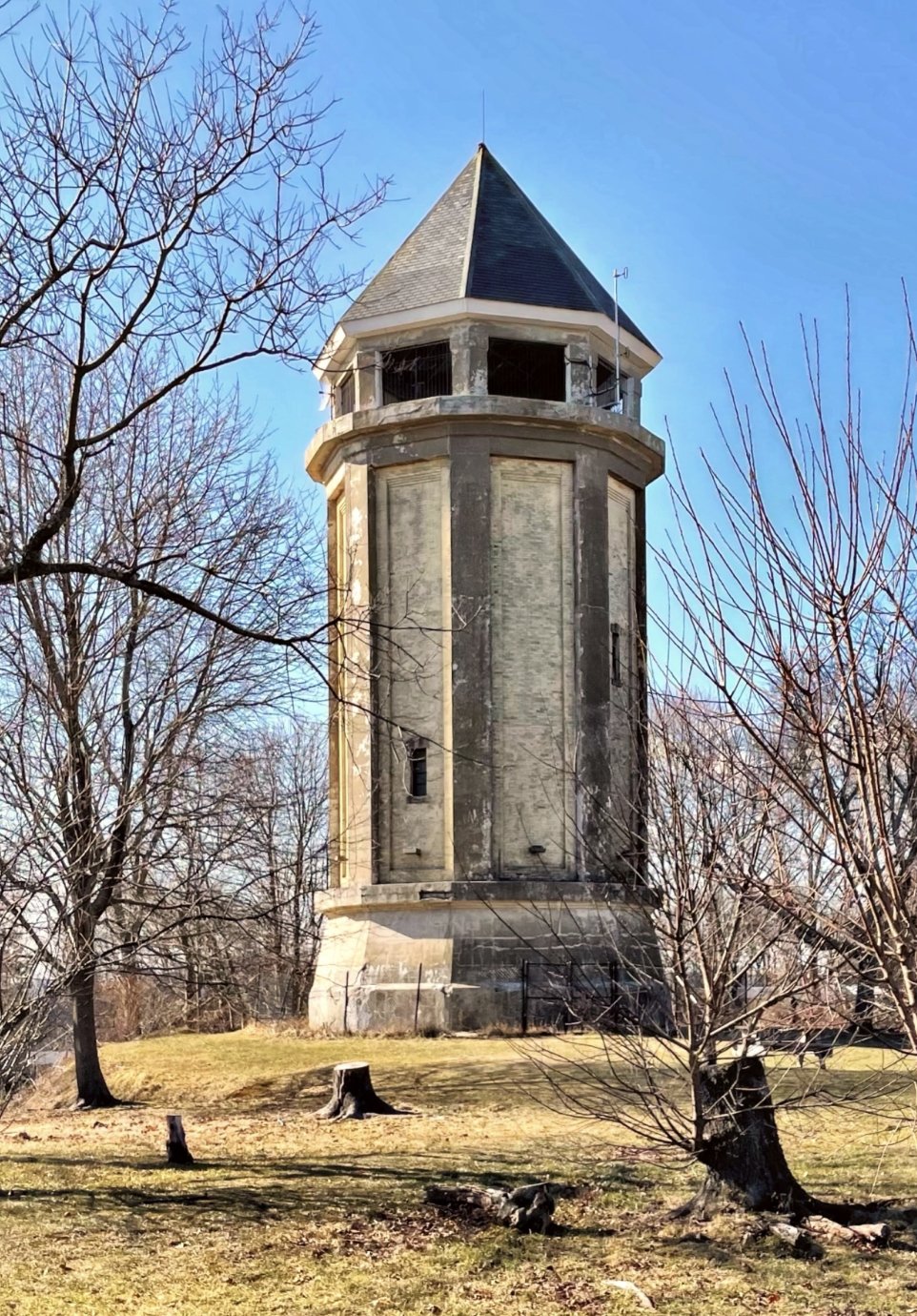Focus groups, screening committee are next steps in superintendent search
/By Carol Britton Meyer
The New England School Development Council consultant hired to help facilitate the process of searching for a new superintendent of schools will lead several focus groups on Thursday, Oct. 19, to gather input from parents, students, principals, teachers, and community members about what they are looking for in the next superintendent.
Superintendent judith kuehn will retire at the end of the current school year.
During this week’s regularly scheduled school committee meeting, Dr. Margaret Frieswyk provided an orientation of the search process from beginning to end, emphasizing the importance of the community having a voice in the process.
Judith Kuehn, who has served as superintendent since May 2020, is retiring at the end of the current school year.
The school committee’s Monday, Oct. 23, meeting was canceled and replaced with a public meeting the evening of Oct. 19 at 6:30 p.m., at which time Frieswyk will share a summary of information and input gained from the focus groups throughout the day in the form of a community profile. Then the school committee will provide input.
Frieswyk emphasized that the role of the school committee at that at that time is “not to make a judgment” on what the stakeholders shared during the focus groups, but rather to suggest enhancements or other details.
“Community outreach is a critical factor,” Frieswyk said.
The purpose of the focus groups in “to hear from the community what kinds of skills they are looking for in the next superintendent – their level of expertise and experience,” Frieswyk said. “We will also learn what [participants] feel is the task or tasks that need to be accomplished in year one of the new superintendent’s tenure.”
NESDEC will advertise the position and has a pool of candidates interested in superintendent positions. Frieswyk expects a number of applications.
“Hull is a very desirable place to work,” she said.
Those who can’t make it to the focus groups will have another opportunity to participate in the process through a community survey.
Next steps include the formation of a screening committee, followed by two workshops presented by Frieswyk and then candidate interviews between Dec. 11-15.
The school committee will interview the finalists chosen by the search committee after Frieswyk talks with them about what they are looking for in the superintendent position and their salary and benefits requirements to help ensure a good match with the town.
The school committee will participate in another orientation by Frieswyk before interviewing the finalists at public meetings between Jan. 10 and 19. The candidates’ names are confidential until this phase of the process.
“I expect that by Jan. 22, the school committee will be able to offer and negotiate a contract,” Frieswyk said. “You won’t have a new superintendent without a signature.”
The expected start date is July 2024.
Do you have an opinion on this issue? Click here to write a Letter to the Editor.


























